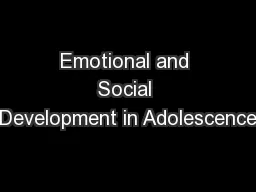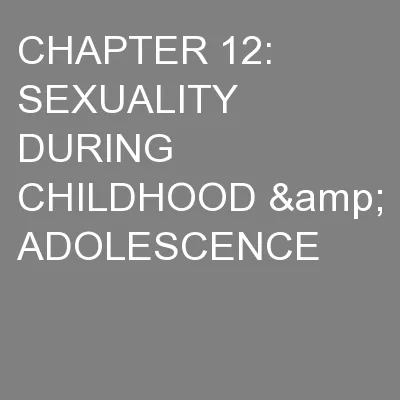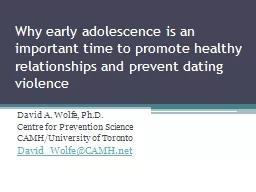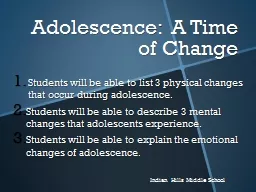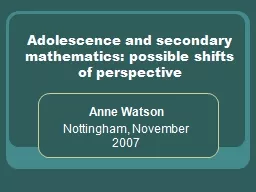PPT-‘Spotlighting Adolescence’
Author : giovanna-bartolotta | Published Date : 2017-06-19
Serious Case Reviews Housekeeping DYSLEXIA ACTION Why are we Spotlighting Adolescence Teenagers aged 16 and 17 who live in England are more likely to be abused or
Presentation Embed Code
Download Presentation
Download Presentation The PPT/PDF document "‘Spotlighting Adolescence’" is the property of its rightful owner. Permission is granted to download and print the materials on this website for personal, non-commercial use only, and to display it on your personal computer provided you do not modify the materials and that you retain all copyright notices contained in the materials. By downloading content from our website, you accept the terms of this agreement.
‘Spotlighting Adolescence’: Transcript
Download Rules Of Document
"‘Spotlighting Adolescence’"The content belongs to its owner. You may download and print it for personal use, without modification, and keep all copyright notices. By downloading, you agree to these terms.
Related Documents



